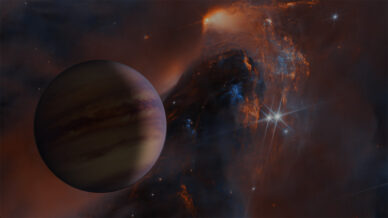
In search of the planets that are truly wanderers
They are worlds much like planets, but not towed to a star. Were they born in a cradle of stars, or are they planets thrown out from their orbits and left to their own fortune? Article by Koraljka Mužić in National Geographic Portugal.
Read more

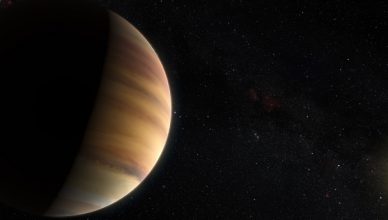
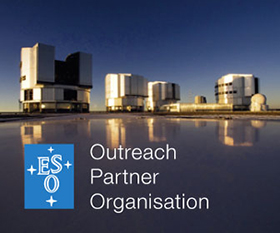
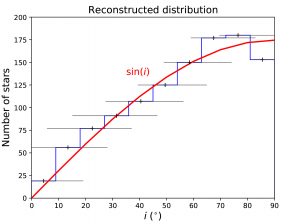
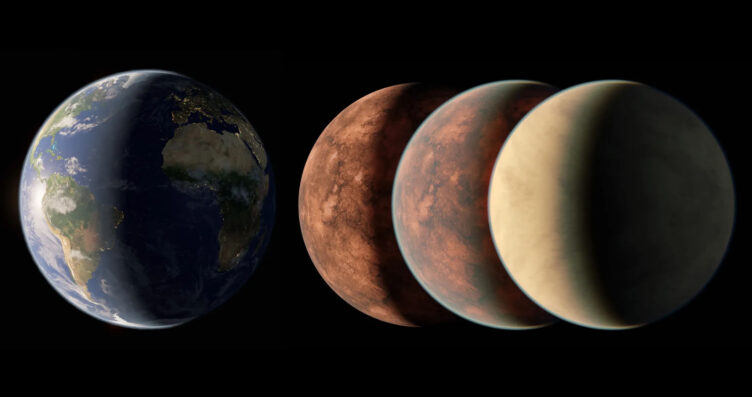 Gliese 12 b exoplanet, which discovery was announced on May 2024, is 40 light-years away and might have the size of Earth ot slightly smaller, in which case would be equivalent to Venus. In this artistic concept on the right are presented possible interpretations of the planet, without and with atmosphere, which could be thick and dense as Venus’. Credits: NASA/JPL-Caltech/R. Hurt (Caltech-IPAC)[/caption]
Gliese 12 b exoplanet, which discovery was announced on May 2024, is 40 light-years away and might have the size of Earth ot slightly smaller, in which case would be equivalent to Venus. In this artistic concept on the right are presented possible interpretations of the planet, without and with atmosphere, which could be thick and dense as Venus’. Credits: NASA/JPL-Caltech/R. Hurt (Caltech-IPAC)[/caption]

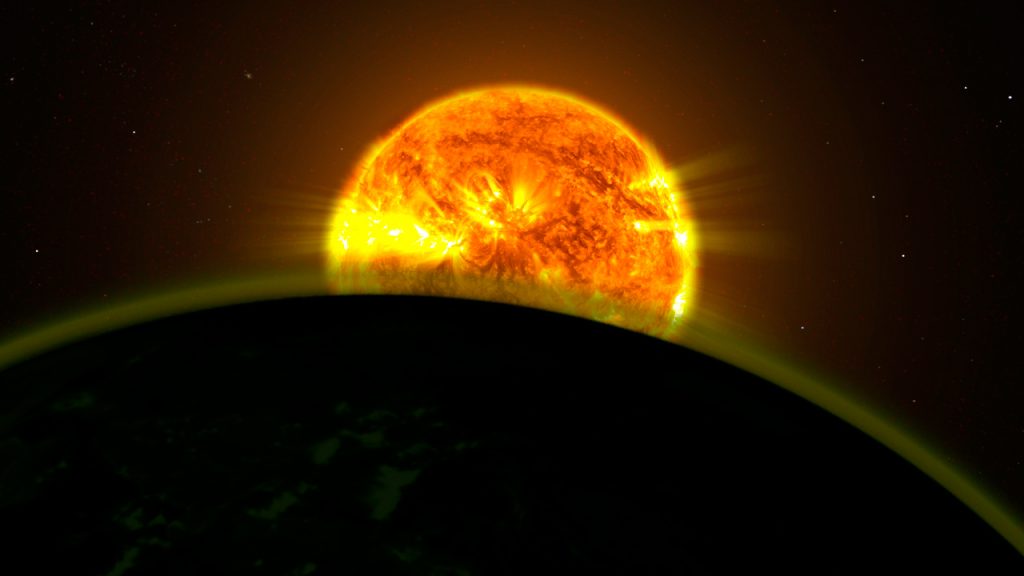 Artistic impression of a star seen through the atmosphere of a planet orbiting it.
Artistic impression of a star seen through the atmosphere of a planet orbiting it.